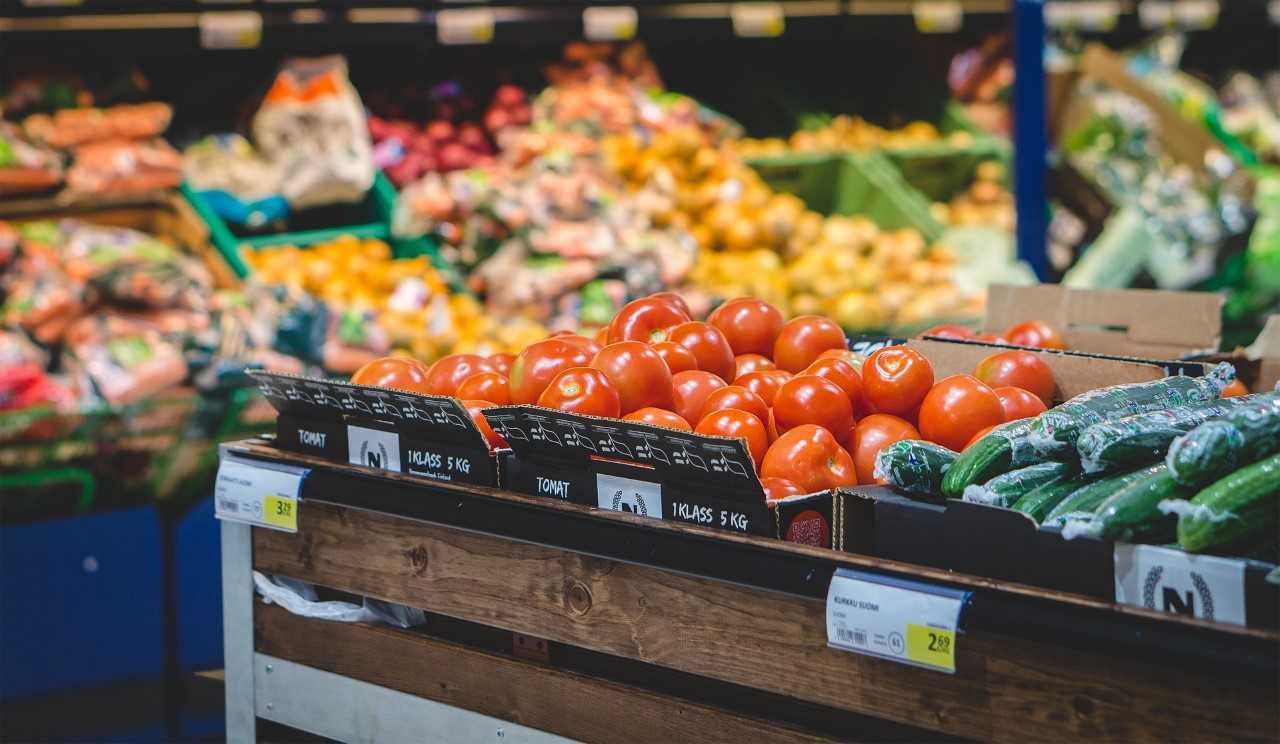Supplemental Nutrition Assistance Program (SNAP)
 A cancer diagnosis can put a financial strain on patients, caregivers, and their families. Even with health insurance, the cost of treatment can be difficult to manage. If the patient stops working because of treatment or the caregiver stops working to provide care, the loss of income makes it even more difficult to make ends meet. In these situations, the budget left for healthy foods may be minimal. The Supplemental Nutrition Assistance Program (SNAP), formerly known as food stamps, provides nutrition assistance to eligible low-income individuals and families. The United States Department of Agriculture (USDA)’s Food and Nutrition Service (FNS) work with state agencies to facilitate the program.
A cancer diagnosis can put a financial strain on patients, caregivers, and their families. Even with health insurance, the cost of treatment can be difficult to manage. If the patient stops working because of treatment or the caregiver stops working to provide care, the loss of income makes it even more difficult to make ends meet. In these situations, the budget left for healthy foods may be minimal. The Supplemental Nutrition Assistance Program (SNAP), formerly known as food stamps, provides nutrition assistance to eligible low-income individuals and families. The United States Department of Agriculture (USDA)’s Food and Nutrition Service (FNS) work with state agencies to facilitate the program.
What can you buy with SNAP benefits?
SNAP benefits can be used to buy foods for the home such as bread, fruit and vegetables, meat and poultry, seafood, and dairy products. SNAP benefits can also be used to buy seeds and plants that grow food. In some locations, people who qualify, such as the homeless, elderly, or disabled, may be able to use SNAP benefits to buy low-cost premade meals. Typically though, SNAP benefits are only to purchase foods that can be prepared at home.
SNAP benefits cannot be used to buy alcohol, tobacco, vitamins, supplements, medications, pet food, household supplies, or toiletries. In most cases, SNAP benefits can also not be used to buy hot foods or foods that will be eaten where they are purchased (with the exception of some low-cost premade meals mentioned earlier).
How do SNAP benefits work?
Eligible individuals receive SNAP benefits monthly on a plastic EBT (electronic benefits transfer) card. The card works like a debit card, but it can only be used for food items covered by the SNAP program at participating retailers. Most grocery stores accept EBT cards. The amount of SNAP benefits an individual or family receives is called an allotment. Learn how SNAP benefit allotments are determined here.
Who is eligible for SNAP benefits?
Individuals and families who meet certain resource and income limits and those who meet the special rules for households with elderly or disabled members are eligible for SNAP benefits.
“Resource” refers to things such as money in bank accounts or savings accounts. A home is not counted as a resource. Vehicles may be counted as a resource in some instances. The requirements for something to be counted as a “resource” are detailed and can vary by state. Learn more about what does and does not count as a resources here.
Does a cancer diagnosis make you eligible for SNAP benefits?
A cancer diagnosis does not automatically make you eligible for SNAP benefits, but a cancer patient may be eligible for other reasons. A cancer patient may meet the resource and income limits for SNAP. For most individuals, the household must meet both the gross and net income limits to be eligible for SNAP benefits. (See the next question to learn more about net and gross income.)
A cancer patient may qualify for SNAP based on the SNAP special rules for the elderly and disabled. If you are 60 years or older, you are considered “elderly” by SNAP. A cancer diagnosis does not always count as a disability for government programs. However, if you are unable to work, you may be able to qualify for Social Security Disability Income (SSDI) or Supplemental Security Income (SSI). If you receive SSDI or SSI, you are considered “disabled” by SNAP.
Households with a disabled or elderly individual only have to meet the net monthly income limit, not the gross monthly income limit. This special rule allows more elderly or disabled individuals to qualify for SNAP benefits even if their gross monthly income exceeds the standard limit.
For a household with one person, the gross monthly income limit is $1,307 and the net monthly income limit is $1,005. These limits apply until September 30, 2018. Limits are updated annually.
What is net income vs. gross income?
“Gross income” refers to an individual or households total income from all sources. “Net income” refers to gross (total) income minus deductions. Deductions are certain expenses you are allowed to subtract from your gross income. Deductions allowed for SNAP include a 20% deduction from earned income, a standard deduction of $160 for a 1-3 person household, certain medical expenses not paid by insurance, and more. You can find all the allowable deductions here.
How do you apply for SNAP benefits?
You have to apply in the state in which you live. Visit the FNS website to find your local SNAP office and your state’s toll-free SNAP hotline. Once you are receiving SNAP benefits, you will occasionally have to recertify that you still meet the eligibility requirements.
Resources
USDA Food and Nutrition Service
Center on Budget and Policy Priorities
For more food assistance and financial assistance programs, you can visit PearlPoint’s Recommended Resources page or The Leukemia & Lymphoma Society’s Other Helpful Organizations page.